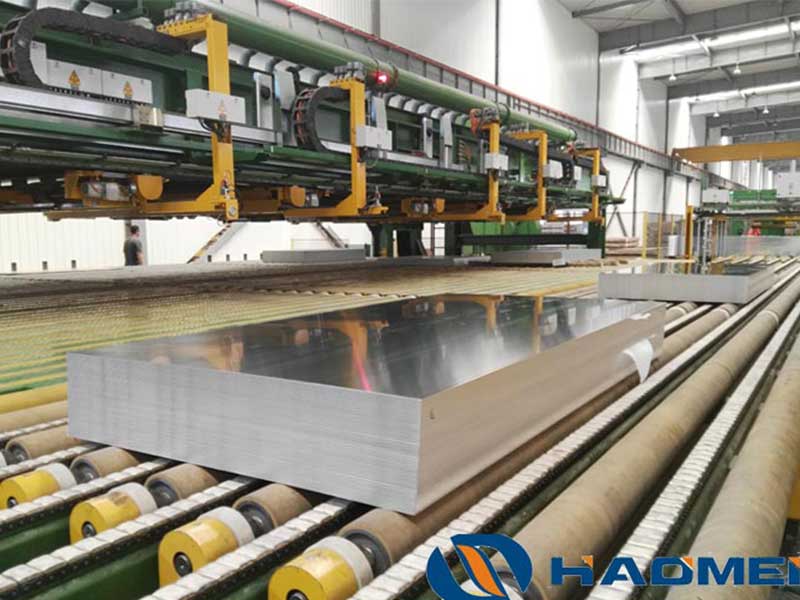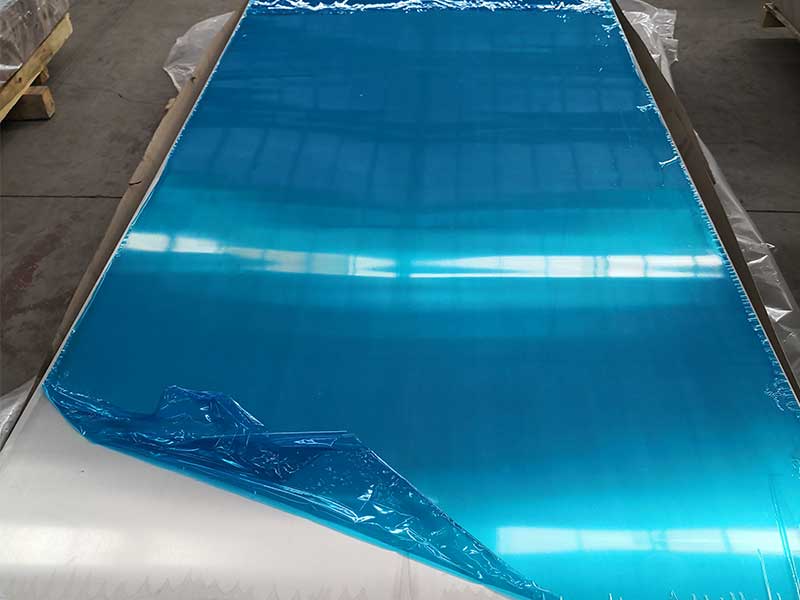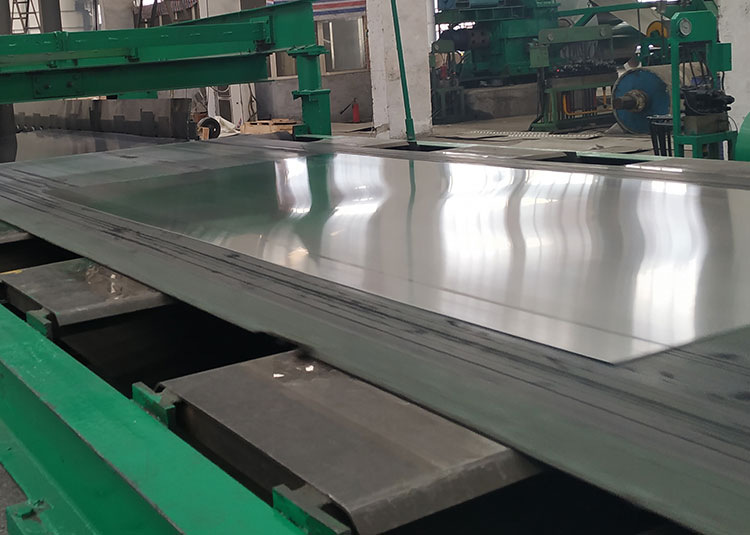What are the aluminum used in new energy vehicles
As sustainability becomes increasingly important in the automotive industry, new energy vehicles (NEVs) are taking center stage. At the forefront of the NEV manufacturing revolution is aluminum, a lightweight, durable, and highly recyclable material. Understanding the significance of aluminum in new energy vehicles not only sheds light on its numerous benefits but also reflects the industry's future direction.
Why Aluminum?
Features of Aluminum
-
Lightweight Nature: One of the most significant advantages of aluminum is its lightweight property. Weighing nearly one-third as much as steel, aluminum can dramatically reduce the overall weight of NEVs. The reduction in weight directly contributes to increased fuel efficiency and extended electric vehicle (EV) range. With NEVs being designed for optimal energy efficiency, lightweight aluminum plays a crucial role.
-
Corrosion Resistance: Aluminum's natural resistance to corrosion ensures that vehicles maintain their aesthetic appeal and structural integrity over time. This property is particularly beneficial for NEVs, which are often exposed to variable environmental conditions. Aluminum's longevity leads to reduced maintenance costs and enhances vehicle durability.
-
Excellent thermal and electrical conductance: In electric vehicles, efficient heat dissipation is critical to maintain optimal battery performance. Aluminum's excellent thermal conductivity helps manage heat within the vehicles, while its electrical conductivity makes it suitable for components like wiring and connectors.
-
Recyclability: As the world moves toward more sustainable practices, aluminum’s 100% recyclability makes it an ideal choice for NEVs. The lifecycle of aluminum entails less energy consumption when recycled compared to producing new aluminum, thus aligning well with eco-friendly practices.
Applications of Aluminum in New Energy Vehicles
-
Body Structure: Aluminum plays a pivotal role in the construction of vehicle bodies. Many manufacturers utilize aluminum sheets for doors, hoods, and roof panels. By doing so, vehicles are able to achieve a strong yet lightweight structure, which is essential for safety and performance during operation.
-
Chassis Components: The application of aluminum extends to chassis components, where it enhances load-bearing capabilities while reducing weight. Lightweight chassis facilitate improved handling and, ultimately, better driving experience, which is a key characteristic sought after by consumers purchasing NEVs.
-
Battery Housing and Frames: In electric and hybrid vehicles, the battery is a heavy component that affects the overall weight of the vehicle. Aluminum is increasingly being used to fabricate lightweight battery housings, ensuring that EVs can maximize range without compromising on strength or safety.
-
Radiators and Cooling Mechanisms: The weight and efficient heat transfer abilities of aluminum make it the perfect choice for designing radiator components and cooling systems. In new energy vehicles, where battery temperature management is crucial to performance and safety, aluminum's efficacy helps maintain optimal temperatures for crucial components.
-
Electrical Vehicle Connectors and Wiring: As the use of electricity becomes prevalent in NEVs, aluminum’s conductivity becomes a major advantage in electrical systems. Lightweight aluminum connectors help reduce the vehicle's weight further while increasing the efficiency of electrical power transfer.
https://www.al-alloy.com/a/what-are-the-aluminum-used-in-new-energy-vehicles.html







